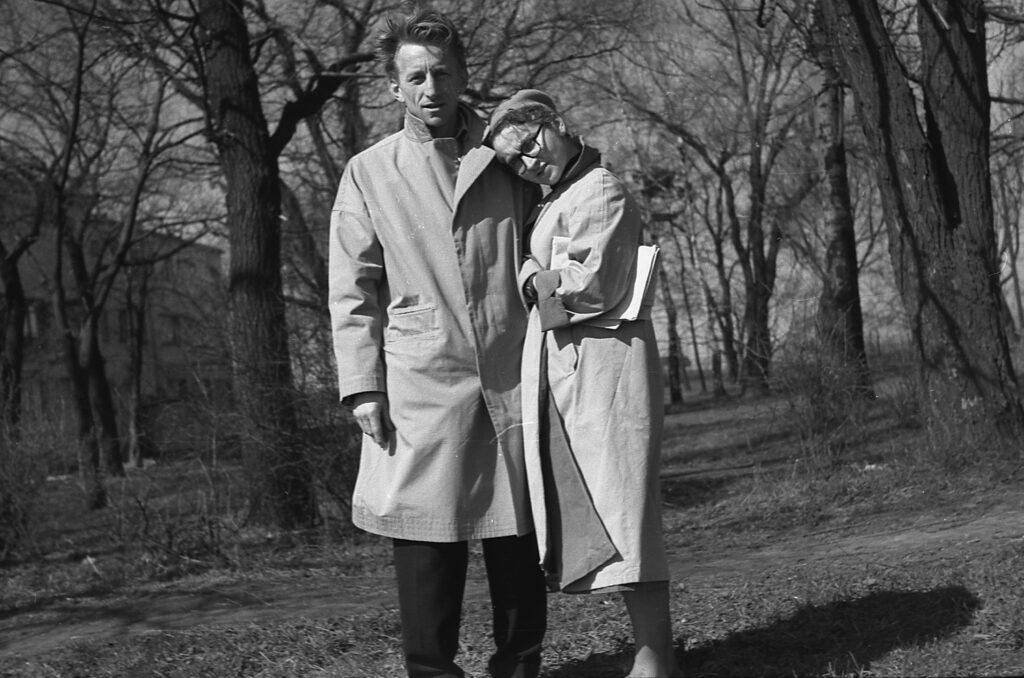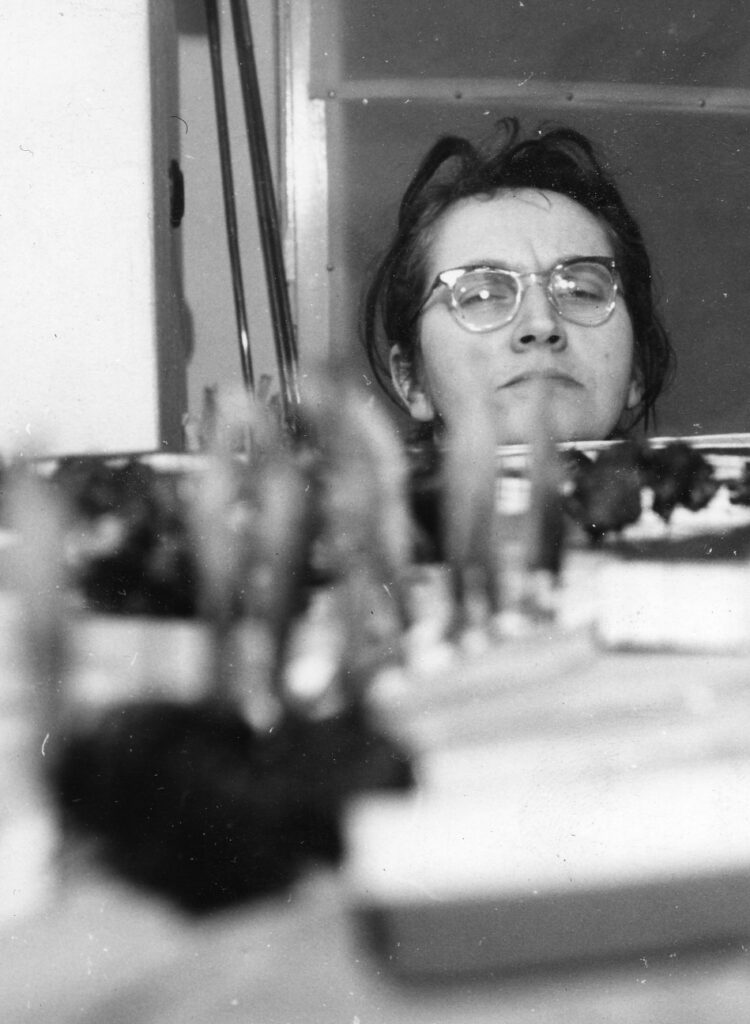Zofia Hansen and Open Form in practice


Hansen’s ideas were great, but he often developed visions that were so utopian that they were incomprehensible to the Polish investor community at the time. That is why he needed a co-worker who could bring his imagination back down to earth. His closest partner, both at work and in private life, was Zofia Garlińska-Hansen. They met while studying architecture and got married in 1950. Zofia Garlińska was an architect and received her education from leading exponents of Polish modernism. Immediately after the end of the Second World War, she had found a job at the Office of Reconstruction of the Capital, where she worked on the reconstruction of the Warsaw monuments.
Shortly thereafter, she began her studies at the Faculty of Architecture of the Warsaw University of Technology in the class of Romuald Gutt. She stood out from the other students and was offered a job at the Warsaw Housing Cooperative, an organisation of architects with left-wing, modernist views. There, for many years, she worked together with her husband. It should be noted that she was a full member of the team and that her contribution to the projects corresponded to that of Oskar Hansen. Although she often questioned her abilities, her husband always mentioned her as one of their projects’ authors. According to family lore, she was primarily responsible for translating Hansen’s often incomprehensible ideas onto paper and then into practice. At the same time, with her architectural imagination, she demonstrated an awareness of the realities prevailing in Poland and was able to adapt the designs accordingly.
Sometimes, when Hansen did not receive commissions because of his political views – he was openly opposed to the social-realist doctrine – she took care of securing them jobs. Although it is difficult to determine who was responsible for what part of the realization of plans, one thing is certain: architecturally, there would be no Oskar Hansen without Zofia Garlińska-Hansen and Zofia Garlińska-Hansen without Oskar Hansen. They were a perfectly complementary couple.